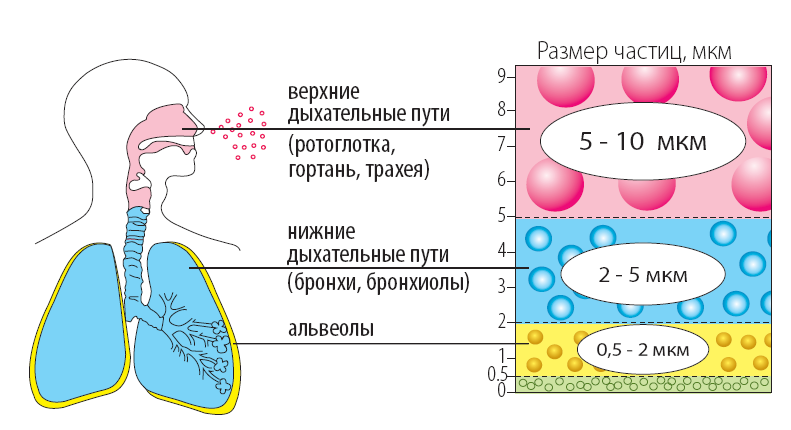Sinus tachycardia in children

An abnormal increase in heart rate in children with a sinus rhythm in the norm is a sinus tachycardia. In this case, the frequency of cardiac contractions, which depends directly on the child's age, ranges from 100 to 160 beats per minute. Sinus tachycardia occurs due to the increase in the automatism of the sinoatrial node - the pacemaker( the main driver).
What causes abnormal heart rate in children?
Several factors contribute to the appearance of sinus tachycardia in children. The main ones are emotional and physical overstrain. In most cases, children's tachycardia passes independently over time without medical intervention.
In a healthy child, the heart rate may increase in some situations. For example, during physical exertion( swimming, running, work), in moments of emotional experiences( fear, joy, resentment, anger, etc.).Also, the child's heart rate increases with pain, heat, etc. The increase in heart rate is not a sign of sinus tachycardia in children and is not dangerous in the following cases.
Pulse increases in a stuffy room, during high fever with illness, in a state of mental distress, after physical exertion. With increased heart rate in a healthy child, there are no signs of the disease such as fainting, dizziness, pain in the heart, shortness of breath, etc. After a while, the increased heart rate will normalize on its own( after about five minutes).
Sinus tachycardia in young children
Newborns are diagnosed with sinus tachycardia if the heart rate exceeds 160 beats per minute. This disease is noted in forty percent of children. This is due to the increase in the automatism of the sinus node.
The causes of sinus tachycardia in newborns are such factors as hypoglycemia, anemia, acidosis, pathological heart failure. Also myocarditis, perinatal lesion in a child of the central nervous system.
Prolonged sinus tachycardia in young children can cause a violation of myocardial metabolism. Prolonged sinus tachycardia in infants is more than 180 beats per minute for more than three hours, sometimes more than a day. In the event that attacks of prolonged tachycardia do not stop, this can lead to the development of heart failure. In such a situation, paroxysms should be stopped by a medicamentous method.
Sinus tachycardia in adolescence
Sinus tachycardia in adolescents may occur due to the following factors. With excessive prolonged physical exertion, with emotional stress( stress).Also because of certain diseases of the cardiovascular system, the endocrine system, because of tumors, infections, etc. In addition, this disease can provoke the physiological characteristics of adolescence. In this case, the heart can not cope with its functions because of the rapid growth of the body. To establish the diagnosis of the disease is possible only after special examinations of a cardiologist.
In adolescence, tachycardia manifests itself as follows. There may be: weakness, pain in the heart, dizziness, shortness of breath, fainting, darkening in the eyes. Arise, from time to time attacks of rapid heartbeat. If such symptoms occur, the adolescent should, without delay, consult a specialist. If you do not pay any attention to these ailments, then you can have quite serious problems with the cardiovascular system.
What to do if a child has had an attack of tachycardia
When the attack of this disease should bring the child to fresh air or bring to the window, freeing the neck from clothing;Put a wet towel on the forehead( only not to the newborn).If the child understands, then ask him to hold his breath and try to strain the abdominal muscles. If there is no positive result, then call an ambulance. It is often enough to eliminate the cause and sinus tachycardia passes independently in children. Treatment of this disease depends directly on its causes, concomitant illnesses, the age of the child, etc.



